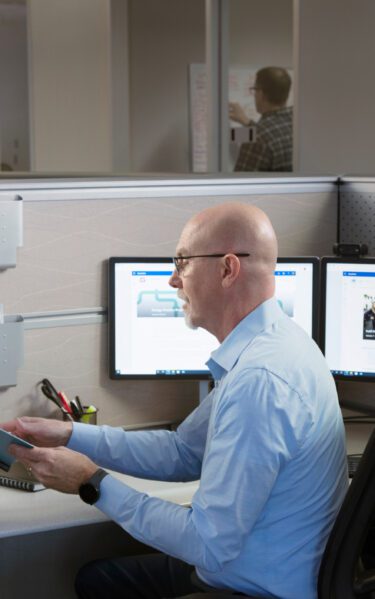
Top News from Halff
Take a look at Halff’s company press releases as we continue to make news in our industry.
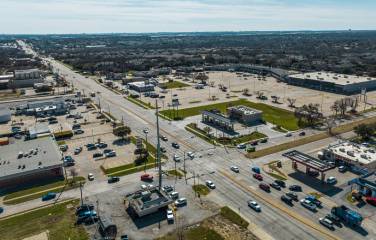
Halff Project Named NCTCOG CLIDE Award Winner
LEWSIVILLE, Texas — Halff’s Lewisville Business 121 Corridor Plan was selected as a 2025 Celebrating Leadership in Development Excellence (CLIDE)…

Halff Named as a Best Place to Work in Arkansas
LITTLE ROCK, Ark. — Halff, an award-winning, employee-owned and full-service infrastructure consulting firm, has been named a 2025 Best Place…
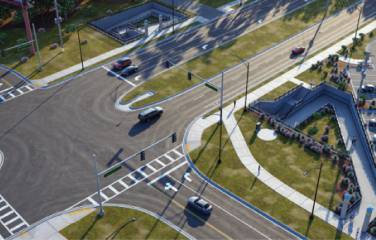
Halff Receives ACEC Florida FDOT Outstanding Project Award
CRESTVIEW, Fla. — The SR 30 Pedestrian Underpass at the Inlet Beach project was presented with the Outstanding Project Award in…
Insightful & Purposeful
Seven and a half decades of experience, and the best people in the business, create the vision for bettering communities today and tomorrow.

Halff Named as a Best Place to Work in Arkansas
LITTLE ROCK, Ark. — Halff, an award-winning, employee-owned and full-service infrastructure consulting firm, has been named a 2025 Best Place…

Q&A With Ashley Pifer: Halff’s Newest Director of Water/Wastewater
Ashley Pifer is a nationally recognized water quality expert who recently joined Halff’s Fayetteville office. Specializing in disinfection and distribution…

3 Benefits of Design-Build & Success Cases
Design-build is gaining greater popularity as a reliable delivery method across various industries. Are you aware of the many benefits…
Our Company &
Our People
See what Halff and our employees are doing to make an impact in the office, in the industry and in the community.



Seeing is Believing
Plan to meet Halff at an upcoming industry event.

South Texas CJCA Conference | June 2-5, 2025
Come see Halff at the 91st Annual South Texas County Judges and Commissioners Association Conference taking place June 2-5, 2025.…

APWA Arkansas Chapter Spring Conference | May 21-23, 2025
Come see Halff at the 2025 APWA Arkansas Chapter Spring Conference taking place May 21-23, 2025. Event: 2025 American Public Works…
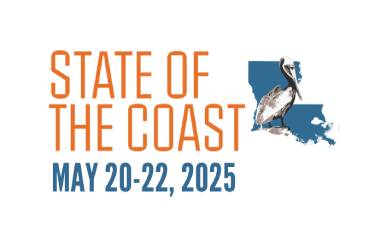
State of the Coast Conference | May 20-22, 2025
Come see Halff at the State of the Coast (SOC) Conference taking place May 20-22, 2025, in New Orleans, Louisiana.…
Award-Winning
Work
Dr. Halff’s legacy carries on as a company that stands for award-winning projects and an even better place to work and grow.

Halff Achieves Fourth Top Workplaces USA Honor
RICHARDSON, Texas — For a fourth consecutive year, Halff has been recognized among the nation’s top workplaces, coming in at…
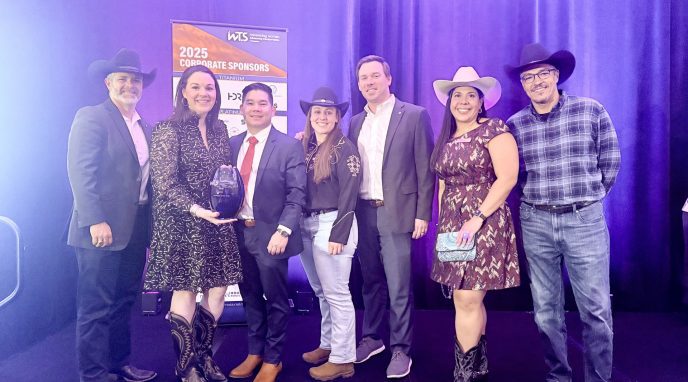
Halff Named WTS Houston Chapter Employer of the Year
HOUSTON — Halff was recognized as the WTS 2025 Employer of the Year by the WTS Houston chapter. This award…

Halff Recognized as Top 150 Global Design Firm
For the first time in company history, Halff, an award-winning, employee-owned, diverse and multidiscipline professional engineering and architecture firm, was…
Let’s Connect
Ready to work with Halff? Simply fill out the form to be directed to the best person at Halff to discuss your interests.
